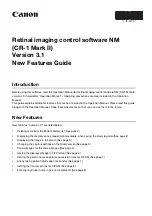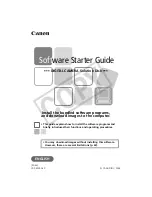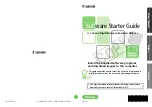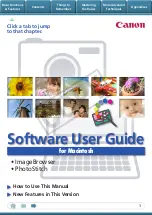
CHAPTER 21. LIVE AUDIO EFFECT REFERENCE
303
The Drive button enables a distortion effect, while the slider below it controls the level of
the distortion. Drive is only available in Ring mode.
Enabling the Wide button creates a stereo effect by inverting the polarity of the Spread value
for the right channel. This means that increasing the Spread value will shift the frequency
down in the right channel while shifting it up in the left. Note that Wide has no effect if the
Spread value is set to 0.
Frequency Shifter contains two LFOs to modulate the frequency for the left and right stereo
channels. The LFOs have six possible waveform shapes: sine, square, triangle, sawtooth
up, sawtooth down and random. The extent of LFO in uence on the frequency is set with
the Amount control.
LFO speed is controlled with the Rate control, which can be set in terms of Hertz. Rate can
also be synced to the song tempo and set in meter subdivisions (e.g., sixteenth notes).
The Phase control lends the sound stereo movement by setting the LFOs to run at the same
frequency, but offsetting their waveforms relative to each other. Set this to 180 , and the
LFOs will be perfectly out of phase (180 degrees apart), so that when one reaches its peak,
the other is at its minimum.
Spin detunes the two LFO speeds relative to each other. Each stereo channel is modulated
at a different frequency, as determined by the Spin amount.
When using the random waveform, the Phase and Spin controls are not relevant and do not
affect the sound.
The Dry/Wet control adjusts the balance between the processed and dry signals. This knob
is called Mix when Drive is enabled. Note that the Drive effect is post-Mix, which means
that you can use Frequency Shifter as a pure distortion effect by enabling Drive and setting
Mix to 0%.
Frequency shifting is accomplished by simply adding or subtracting a value in Hertz to the
incoming audio. This is distinct from
pitch shifting
, in which the ratios of the incoming
frequencies (and thus their harmonic relationships) are preserved. For example, imagine
you have an incoming audio signal consisting of sine waves an octave apart at 440 Hz and
880 Hz. To pitch shift this up an octave, we multiply these frequencies by two, resulting in
new frequencies at 880 Hz and 1760 Hz.
















































